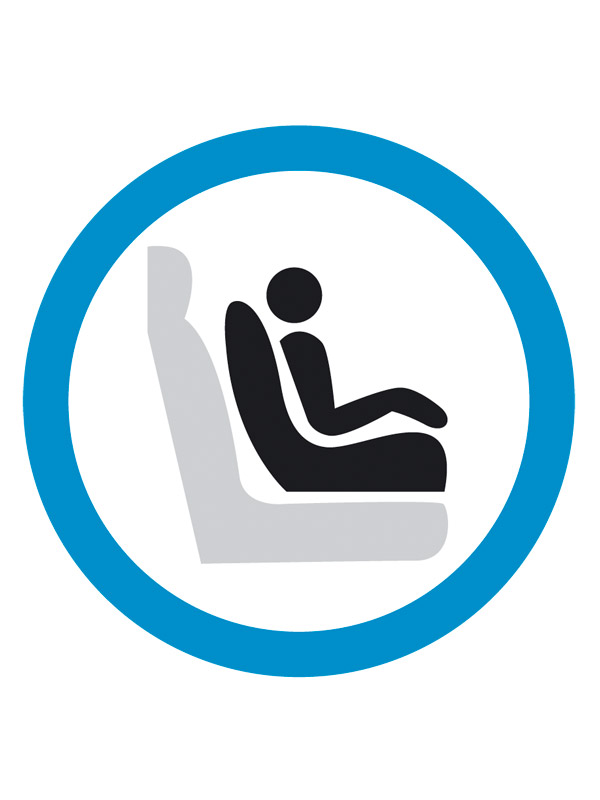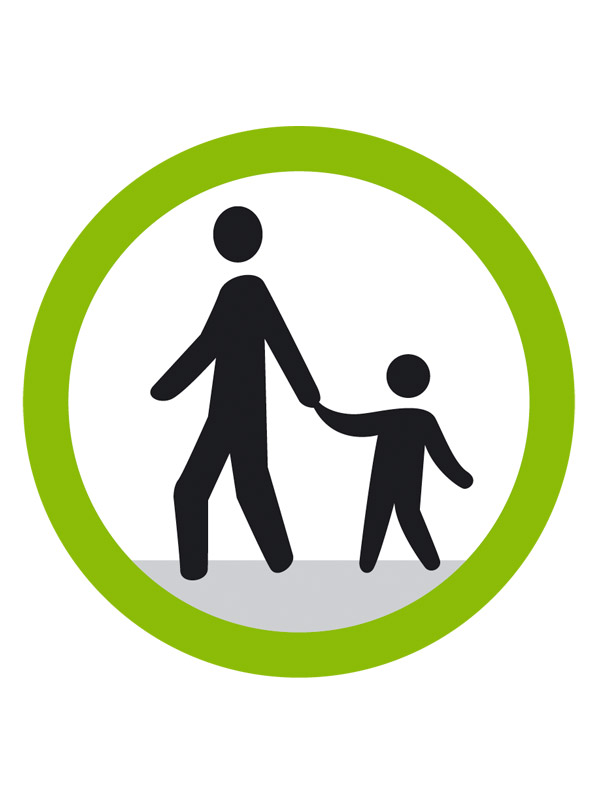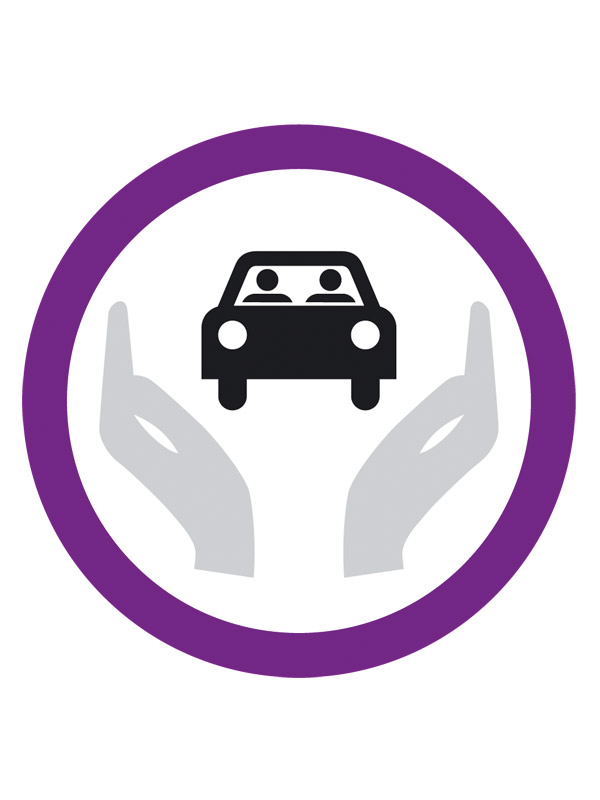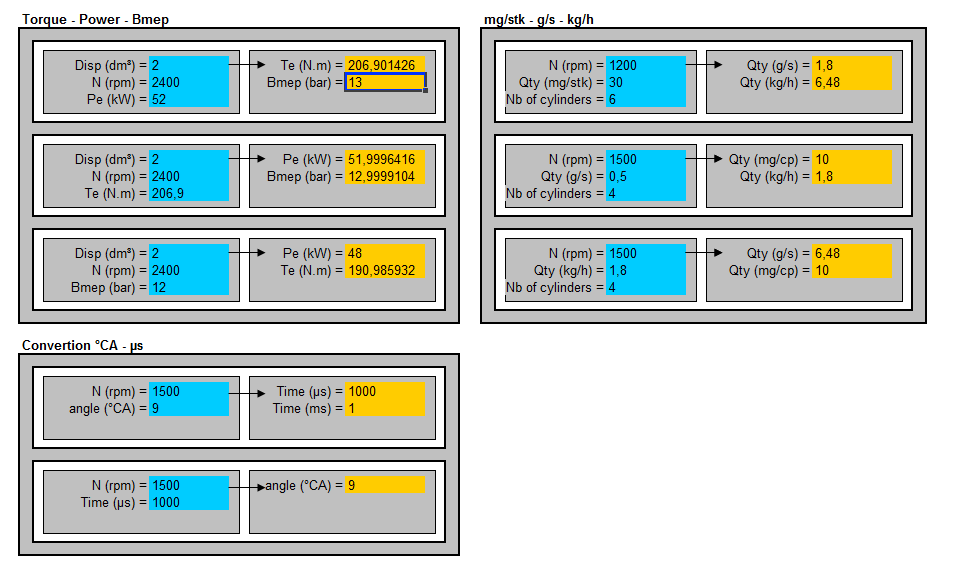As of 2009, Euro NCAP only releases one overall star rating for each car tested with a maximum of five stars.
This overall safety rating is composed of scores in four areas:
- adult protection,
- child protection,
- pedestrian protection,
- and safety assist.
The overall score is calculated by weighing the four scores with respect to each other, while making sure that not one area is underachieving. The underlying dynamic tests are identical to those before 2009, except for the addition of a test for Whiplash neck injury protection in rear impact. Also, Euro NCAP now rewards not only Seatbelt reminders, but also Speed Limiters and the standard fitment of Electronic Stability Program.
For cars tested before 2009, Euro NCAP has released three ratings:
- adult protection,
- child occupant
- and pedestrian protection.
The ratings for adult protection and child protection are achieved as a result of three impact tests that Euro NCAP carries out:
- frontal,
- side,
- and pole test.
Euro NCAP carries out a separate range of pedestrian tests to reach the score of the pedestrian rating. Euro NCAP chooses these types of tests to cover the range of accidents form some of the dominant causes of serious and fatal injuries. In addition, Euro NCAP rewards cars for having an intelligent seatbelt reminder as part of the adult protection rating. When buying a car tested before 2009, Euro NCAP advises you to take all three ratings into consideration.
Adult occupent protection
 Adult occupant protection was, with pedestrian protection, the first rating introduced by Euro NCAP. Points are awarded from the frontal, the side and pole impact tests. Modifiers are also given to extend the assessment to cover different sizes of people in a variety of seating positions, in particular for the knee contact area. The Adult Protection score is completed with the result of the Whiplash test that is carried out separately on the driver or passenger seat.
Adult occupant protection was, with pedestrian protection, the first rating introduced by Euro NCAP. Points are awarded from the frontal, the side and pole impact tests. Modifiers are also given to extend the assessment to cover different sizes of people in a variety of seating positions, in particular for the knee contact area. The Adult Protection score is completed with the result of the Whiplash test that is carried out separately on the driver or passenger seat.
Child occupent protection
 Euro NCAP has carried out a child occupant safety assessment since its very first test to ensure that manufacturers take responsibility for the children travelling in their vehicles. In November 2003, Euro NCAP introduced a child occupant protection rating to provide clearer information for consumers about the results of these tests. As part of this assessment, Euro NCAP uses 18 month old and 3 year old sized dummies in the frontal and side impact tests. As well as studying the results from the impact tests, Euro NCAP verifies the clarity of instructions and seat installation in the vehicle to ensure that the child seat can be fitted safely and securely.
Euro NCAP has carried out a child occupant safety assessment since its very first test to ensure that manufacturers take responsibility for the children travelling in their vehicles. In November 2003, Euro NCAP introduced a child occupant protection rating to provide clearer information for consumers about the results of these tests. As part of this assessment, Euro NCAP uses 18 month old and 3 year old sized dummies in the frontal and side impact tests. As well as studying the results from the impact tests, Euro NCAP verifies the clarity of instructions and seat installation in the vehicle to ensure that the child seat can be fitted safely and securely.
Pedestrian protection
 Euro NCAP believes more effort by manufacturers in Pedestrian Protection would save the lives of many pedestrians and negate the emotional trauma encountered by many drivers every year as they live with the consequences of injuring or fatally wounding a pedestrian. With inclusion of the pedestrian score into the overall rating, Euro NCAP aims to encourage improvement of vehicle performance in this assessment. Euro NCAP’s results in this rating are achieved through leg form, upper leg form and child/adult head form testing.
Euro NCAP believes more effort by manufacturers in Pedestrian Protection would save the lives of many pedestrians and negate the emotional trauma encountered by many drivers every year as they live with the consequences of injuring or fatally wounding a pedestrian. With inclusion of the pedestrian score into the overall rating, Euro NCAP aims to encourage improvement of vehicle performance in this assessment. Euro NCAP’s results in this rating are achieved through leg form, upper leg form and child/adult head form testing.
Safety assist
 The introduction of Safety Assist allows Euro NCAP to consider driver assistance systems and active safety technologies. These technologies play an increasingly important role in accident avoidance and injury mitigation. Euro NCAP rewards manufacturers for the fitment of electronic stability control, in addition to points given for the presence of a speed limitation device and intelligent seat belt reminders.
The introduction of Safety Assist allows Euro NCAP to consider driver assistance systems and active safety technologies. These technologies play an increasingly important role in accident avoidance and injury mitigation. Euro NCAP rewards manufacturers for the fitment of electronic stability control, in addition to points given for the presence of a speed limitation device and intelligent seat belt reminders.
Some of these active safety technologies are presented in the following video:
Source: Euro NCAP
Romain Nicolas opinion:
This kind of organization is a great enhancer towards automotive safety. It is recognized both by the car manufacturers and the final customers which is a big point as it makes every actor of the market converging toward safer solutions. The main concern is the fact that the scope of this organization is only European, meaning that the safety standards are not harmonized worldwide. We have seen that some cars imported from other countries have been rated as dangerous by Euro NCAP, but they are still sold in their origin country. This contradiction is questionable. Are you favorable to a harmonization of safety standards? Would a legislation further increase the road safety as it is with pollutants norms and fuel consumption?




















